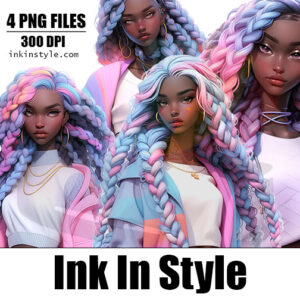Before starting, ensure that you have a clean, flat workspace to work on. Make sure you have all the necessary tools and supplies such as a heat press, DTF transfer paper, a printer, teflon paper, a computer, scissors, protective gloves, adhesive powder and the garment you want to transfer the design onto.
Choose the right heat press
Make sure you choose a heat press that is appropriate for the material you want to print on. Different heat presses have different temperature and pressure settings that are ideal for specific materials.
Prepare your design
Create or obtain the design you want to transfer onto your material. Ensure that the design is the right size and proportion for the material you will be using. Print your design on the correct transfer sheet. Check manufacturer’s instruction. You may need to use the DTF powder, check manufacturer’s guide and instructions.
Set the temperature
Set the temperature of the heat press according to the instructions provided by the manufacturer. For example, if you are using a heat press for sublimation printing on polyester fabric, the ideal temperature is around 375°F (190°C).
Preheat the material
Place the material you will be printing on the heat press and preheat it for a few seconds. This will remove any moisture and wrinkles, making it easier to print.
Position the design
Place your design onto the material, ensuring that it is centered and straight. You can use heat-resistant tape to keep the design in place. Recommended position of the image is 3 to 4 fingers down from the collar line.
Press the material
Once the material and design are in place, place the teflon paper on top the image and press the heat press handle down to apply pressure and heat. The time needed will depend on the type of material, design, and heat press being used. Most heat presses require 10-15 seconds for a complete transfer.
Remove the material
After the pressing time is up, lift the handle of the heat press and remove the material from the press. Allow the material to cool before handling.
Peel the transfer paper
For some types of transfers, you may need to remove the transfer paper while it is still hot. For others, you will need to wait until the material has cooled before removing the paper.
Finishing touches
Depending on the type of material and transfer, you may need to wash or cure the design before it is ready for use.





